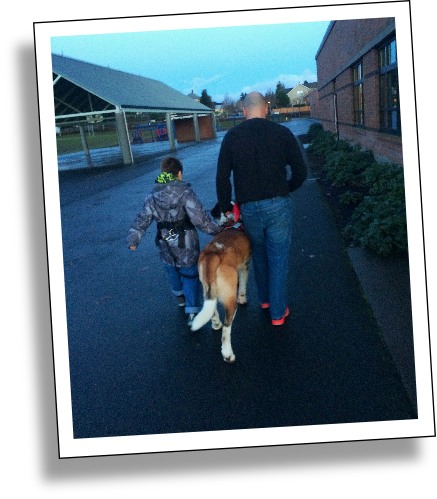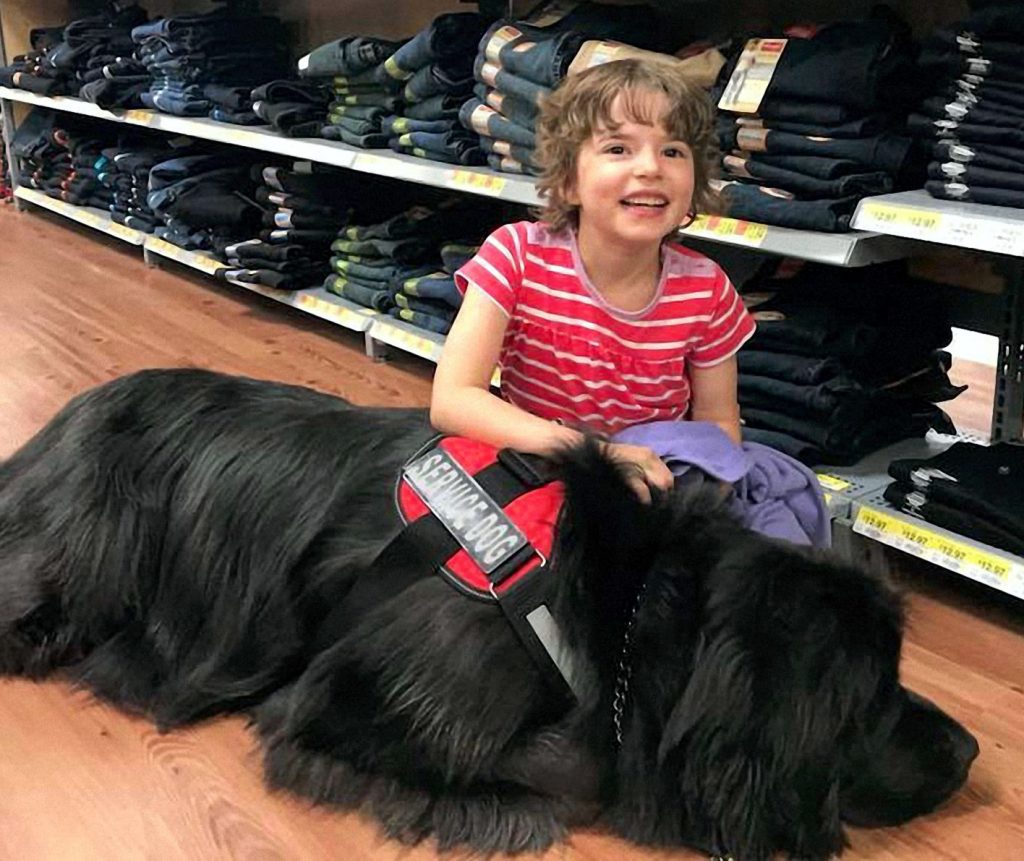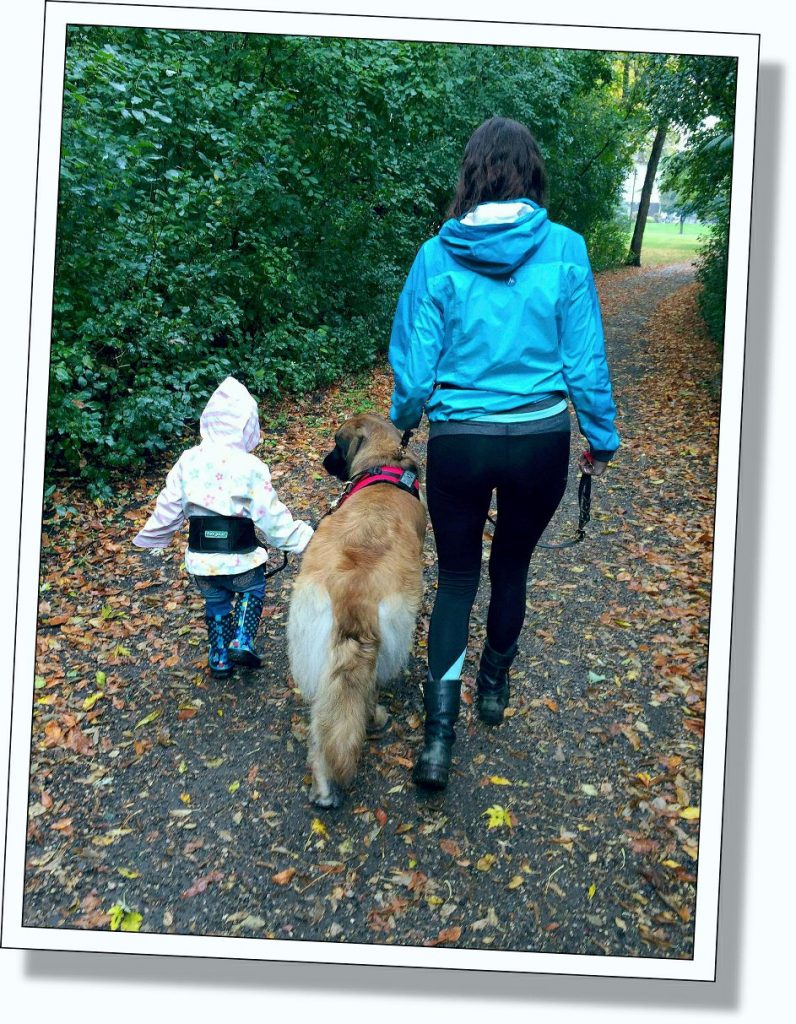We can help parents and guardians of autistic children who suddenly run away (elope) or wander off.

We define elopement as a dependent person exposing themselves to potential danger by leaving the care of a responsible person (generally the parent or guardian) and/or separating themselves from a supervised, safe space. In a recent study that included 1218 children with ASD and 1076 of their siblings without ASD, a striking 49% (nearly half) of autistic children were reported to have run or wandered off after age 4. Of those that went missing, 65% were in danger of traffic injury, while 24% were in danger of drowning.1

We believe that under the care of an anchoring dog, these incidents for autistic children can be greatly reduced, or potentially eliminated altogether. It is very difficult to pull an object that is twice your weight. In our experience, the child will give up an attempt to run off and simply return to the side of the service dog/adult team. And often, returning to the anchoring dog, the child self-calms by petting or stroking the dog’s fur which provides a soothing, warm, tactile contact.

We can help children, approximately 4-18 years of age, and weighing up to 170 lbs.2 Both the child and the responsible adult handler must be mobile. The child must be able to tolerate the special harness which is basically a belt-type construct or be willing to wear a typical 5-point school bus transportation harness. The adult team member must be willing to be the primary bonded individual for the service dog team. Responsibilities include feeding, grooming, positively reinforcing trained behaviors (covered during Team Training), and play. It is the adult that gives the commands and directs the team. The child will develop a secondary bond with the anchoring dog, but the child is also the service dog’s fundamental “job.”
1. Anderson, C., Law, J.K., Daniels, A., Rice, C., Mandell, D.S., Hagopian, L., and P.A. Law. 2012. Occurrence and family impact of elopement in children with autism spectrum disorders. Pediatrics 130, 870-877. http://pediatrics.aappublications.org/content/130/5/870
2. According to the Centers for Disease Control Normal Pediatric Growth Charts for Boys and Girls (Stature-for-age/Weight-for-age). http://www.cdc.gov/growthcharts/clinical_charts.htm